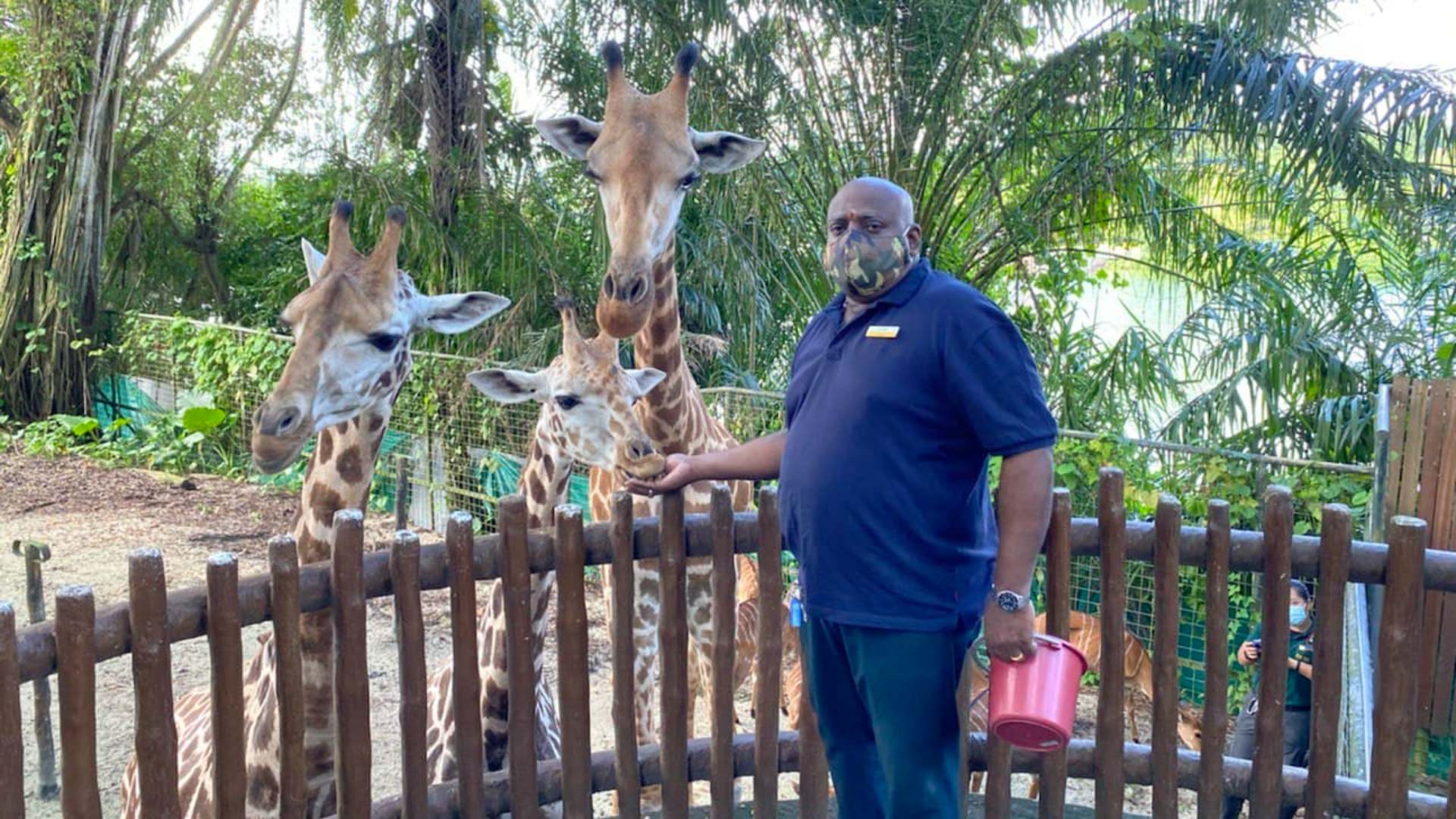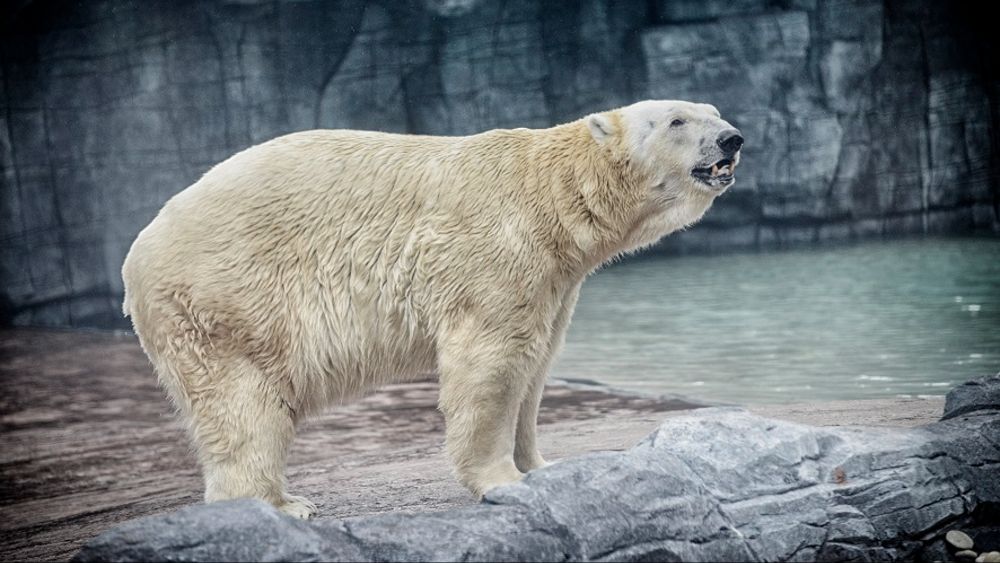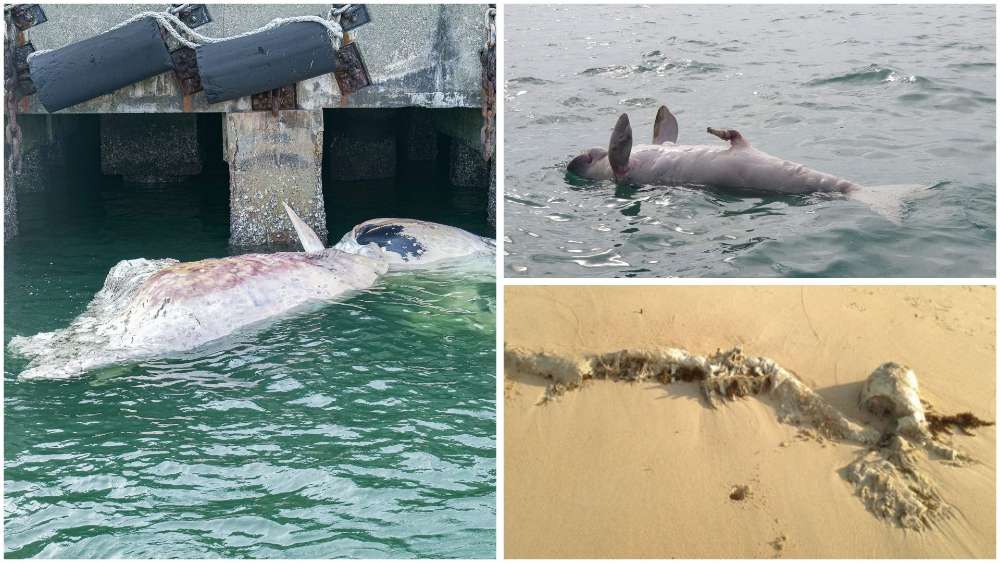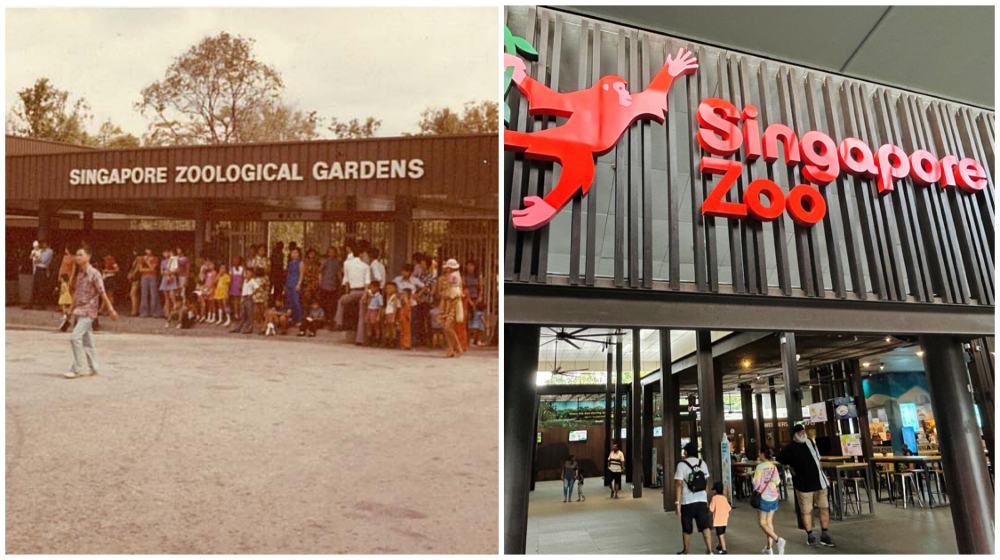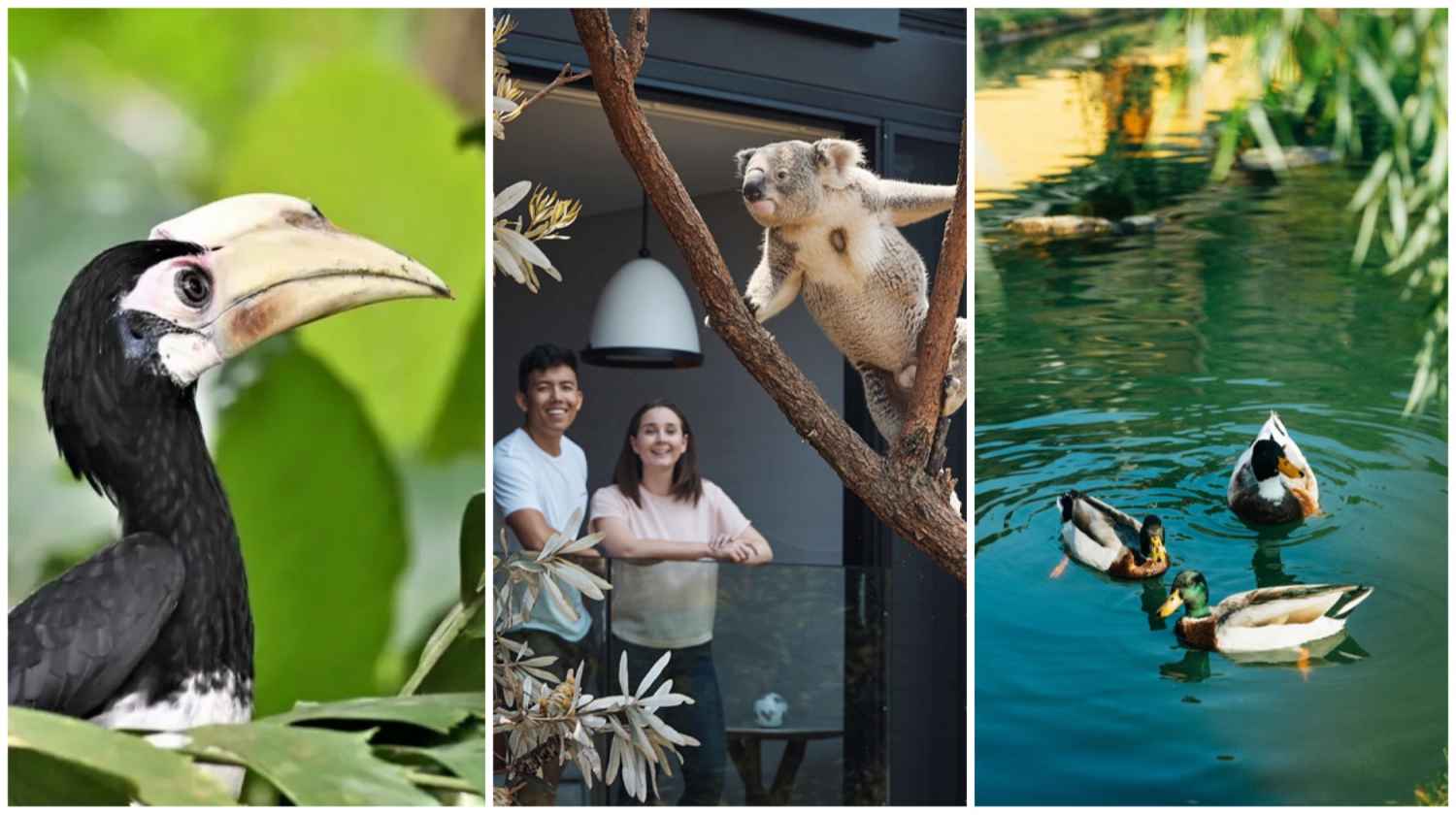Tall Order: Imagine Having A 28-Year Career Like This Guy Has Had At The Zoo!
Admit it. Have you been liking every @workretiredie post recently? Has the job you've been slogging every WFH day for been wearing you out amid this pandemic? For many of us, 2.8 years at the same position of employment already sibei sian - for some, 2.8 weeks enough liao, but we won't go there.
Well. Meet Parmasivam Ramasamy, the head honcho of herbivores at the Singapore Zoo, who has been herbivor-ing for, ahem, 28 wild years.
Sivam's actual title: Curator of Herbivores, Mandai Wildlife Group. Among all the plant-eating creatures in the 54-year-old's care are the pair of new one-year-old Rothschild's giraffes, which he accompanied on their long journey from India's Mysuru Zoo to our Little Red Dot.
And by "long journey", we mean an arduous 22-hour inter-state road trip, followed by a seven-day sea voyage, and a three-month quarantine. We read the description of that expedition can pengsan sia.
The Zoo's animals - well, the herbivores, for sure - should be so grateful to be in the care of such an awesome human, whom we had a chance to speak to.
Curator of Herbivores - that's definitely a unique job title! Are you the one who decides what herbivores to bring in to Singapore? What criteria makes a herbivore suitable for our parks?
As the "Curator of Herbivores", I am responsible for curating the collection of herbivores at Mandai Wildlife Group.
The scope of my job ranges from overseeing exhibit designs to ensuring they are safe, functional for the animal, and representative of the animal's natural habitat, all the way to the selection of animals and overseeing the safe transport of animals under my care.
There are a variety of reasons for us to bring animals into our collection:
- Mandai Wildlife Group is a member of several zoo associations, including the European Association of Zoos and Aquaria (EAZA), under which member institutions across the globe play a vital role in ensuring healthy and sustainable populations of animals under human care for both conservation and educational purposes.
- For the Rothschild’s giraffes, which is a threatened species under the International Union for Conservation of Nature (IUCN), the designated placement of bachelor herds like the one in Singapore Zoo allows for zoos with breeding herds to continue to breed without facing problems of inbreeding or shortage of space. This aims to ensure as much genetic variation as possible in the population under human care and helps to sustain the ex-situ population of the Rothschild’s.
- They also play the role of ambassadors of their wildlife counterparts to help us educate our guests on conserving the species.
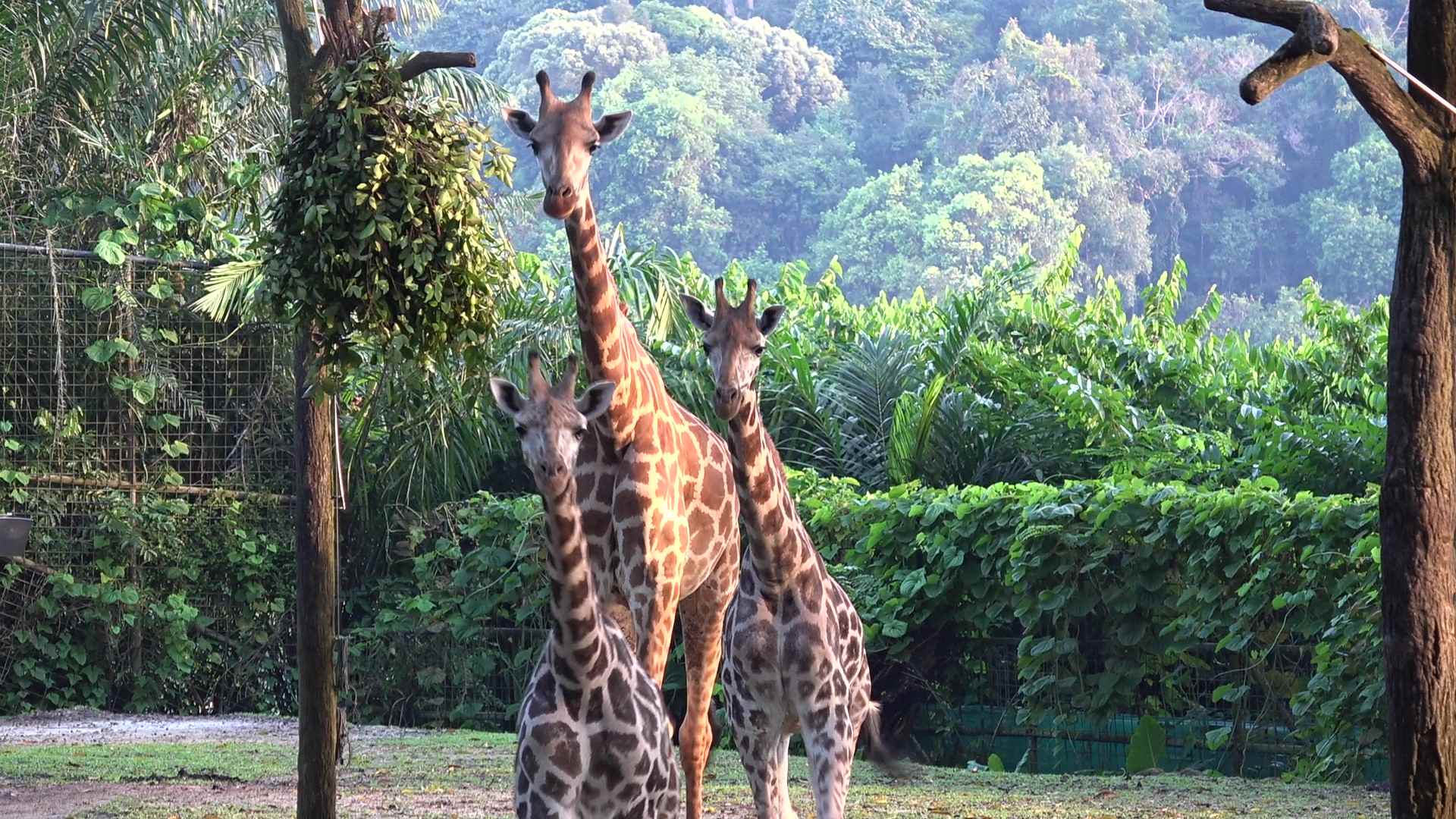
Phew! It must be taxing caring for these animals. Do you always have to travel abroad to familiarise yourself with any new herbivores that may make their way eventually to our wildlife parks?
Every job comes with its challenges, but I have spent 28 years with the organisation and it is like my second home!
The animal care team does not typically accompany every animal/herbivore which joins us during their transfer. However, in this case, the transfer of Adhil and Balaji was very complicated and there was a need for caretakers to travel with them during their sea voyage.
It was taxing, and for this transfer, I had to be away from my family for more than a month due to Covid quarantine and restrictions. However, it was also a very exciting journey, especially since our last sea transfer happened 16 years ago.
Your passion for your job is very evident. Did you grow up wanting to work in a zoo?
I had always been interested in working in the zoo and love animals. When I joined as a junior keeper, a role that was previously known as a “Grade 3 keeper”, I grew to love this place.
What are some fun facts or common misconceptions people have about giraffes?
Even though giraffes are so tall, they only have seven vertebrae in their necks, just like us humans. Giraffes rarely sit down and can sleep standing so that they can run away from danger in the wild. But under human care, these animals do sit down, as they face little to no predation.
So did our esteemed long-necked guests fly first class? And what was the most challenging part when it came to caring for the giraffes. How did you and your team overcome that obstacle?
I think the most daunting part of the transfer was the seven-day sea voyage. My partner and I worked round the clock to ensure the giraffes were comfortable and calm throughout the journey.
Fortunately, we were well prepared with a full supply of feed, supplements and emergency medications to care for the giraffes. We also conducted regular checks on the condition of the giraffes to ensure that they were doing well along the way.
Ideally the transfer would have been carried out by air to minimise transportation time but plans to have the giraffes flown to Singapore were delayed due to the ongoing COVID-19 situation worldwide. This meant that sea transfer became the only option to transport them, as Adhil was already expected to exceed 340cm in height in April - and the maximum height for air travel to Singapore is 350cm, inclusive of crate height.
In the face of these disruptions, it was important for us to be flexible and adapt to the situation. I’m thankful for the support of our Records & Transactions team as well for ensuring a smooth transit for us.
Hunt or be hunted - for a job, that is!
Are you interested in a career with Mandai Wildlife Group? Job opportunities here!
For the latest updates on Wonderwall.sg, be sure to follow us on Facebook, Instagram and Telegram. If you have a story idea for us, email us at [email protected].







